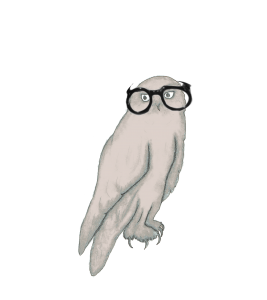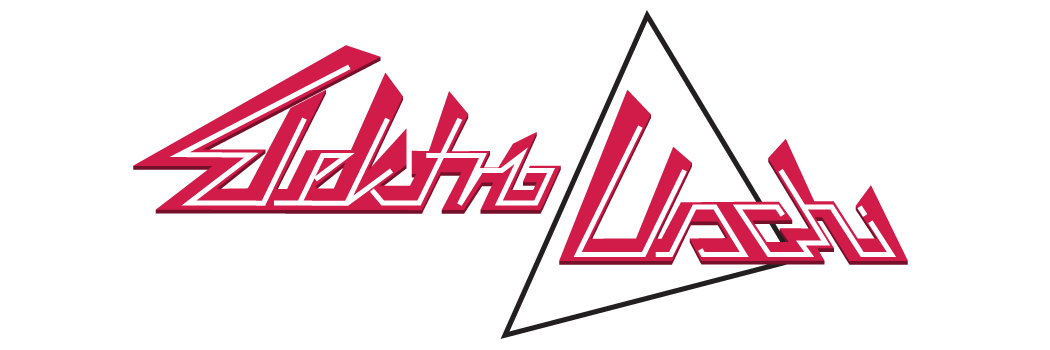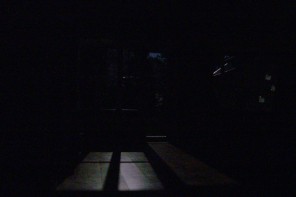
ILLUSTRATION ART GRAPHIC DESIGN
‘There are books that make you feel vulnerable’… I don’t know who told me that or if I have read that somewhere. What I know is that this little word “vulnerable” was almost haunting me, while I was reading Sadegh Hedayat’s painfully beautiful piece of literature…
…so I consulted the Oxford Dictionary Book, which explains “vulnerable” as “exposed to the risk of being attacked or harmed, either physically or emotionally”.
Beautifully matching, I can confirm. The Blind Owl does a lot like that to you. I often felt the urgent need of wrapping my arms around me and rocking a little to and fro after several lines that made me shiver, cry or simply realise…
What follows here is all pure association and perhaps too personal of an impression about a book, which is clearly a masterpiece of modern Iranian literature and consequently belongs to the greatest works of world literature. It does deserve the devotion of numerous studies and/or sleepless nights. But one has to start somewhere if one wants to talk about something like The Blind Owl. And it is not easy to explain this book! It wasn’t even easy to experience it. Reading it, talking about it, thinking about it or trying hard to write about it still leaves one hungry for more – it’s simply not enough.
The knowledge of not being able to read it in its original Persian made me somewhat reluctant to approach it. It took me years until I finally read this novel, after a bygone acquaintance of mine – who happened to be suspicious of stories – recommended it to me. Interestingly enough, there is a line in the book where the desperate narrator exclaims how sick he is of “well-constructed plots” – a clear metafictional remark that self-reflexively sums up The Blind Owl. When I finally gave in and read it, I immediately fell for its seductive imagery and narrative style and I believe that although a lot may be lost in translation – it would be by far a much greater loss if one would not read it at all.
Readers who are familiar with Kafka, surrealistic literature or literature that plays with building up and breaking narrative illusion won’t be irritated but challenged by its narrative style:
The two narrative levels are entwined with each other in a complex mise en abyme, where repetition and reflection is a narrative rule. The protagonists are like reflections in a crystal ball – somehow the same and yet slightly different. One cannot tell where the dream begins, where reality ends and vice versa. Like in dreams causality is suspended, moments are described as felt eternities and you’ll find yourself drawn into the abyss of a tormented and ill mind. A mind that is irritated by the fact that it is connected to the rest of mankind through the body it is trapped in and at the same time forever disconnected through its thoughts. It is a mind that places itself between death and life – not able to live, not yet willing to die, or rather to let go of one’s self. The narrator goes so far as to commit, that he wants to hold on to his atoms after death, fearing they would otherwise mingle with other bodies. I doubt that I will ever get that image out of my head…
The novel has one of the most memorable beginnings I’ve ever read, with the narrator summing up his situation as suffering from a terrible disease. But like everything else in The Blind Owl this “disease” is also highly symbolic and stands for more than a medical condition. The narrator confesses his reason to write down his story by saying “My one fear is that tomorrow I may die without having come to know myself” and reveals the pushing force that nurtures the feeling of urgency to write, to create.
The Blind Owl is a story of felt pain, of a morbid mind that understands too much and aches for the soothing oblivion brought by the numbing effect of opium, wine or sleep. For me it is also a story for lost individuals, those souls out there, who don’t really know what to do with life, who are having a hard time to connect with something.
But I am digressing….
The Blind Owl is a special work even for Sadegh Hedayat himself, whose short stories and satirical writings are great but totally different from The Blind Owl, which was first published in 1937. This one is one of those rare books one has to go back to numerous times over a lifetime and mediate on it. And although this book has the potential to affirm the feeling of total loneliness, senselessness and eternal darkness, there is also this undeniable beauty in it. The beauty that inspires and makes you restless, the beauty of an encounter that has the potential to change or arouse you. You may feel exposed, you may feel hurt – The Blind Owl makes you vulnerable because it opens you.
The Blind Owl
Sadegh Hedayat, transl. from Persian by D.P. Costello
Introduction by Porochista Khakpour
Grove Press, NY
Oct. 2010

